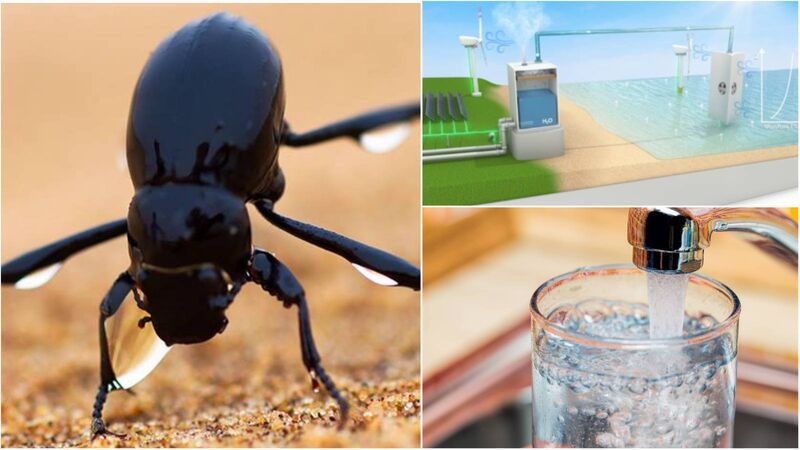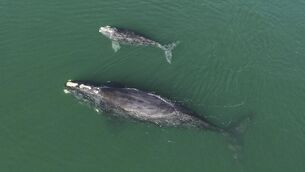Inspired by beetles... a worldwide water harvesting proposal

Namib Desert darkling beetles live in one of the driest habitats in the world but can get water from dew and ocean fog, using their own body surfaces. Now researchers, Afeefa Rahman, Praveen Kumar, and Francina Dominguez, are establishing the viability of significantly increasing freshwater through the capture of humid air over oceans
Namibia’s Skeleton Coast, where the Atlantic meets the desert, is ‘the graveyard of a thousand ships’. Rusting skeletal hulls, topped by perching seabirds, protrude from the sand.








